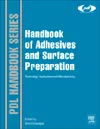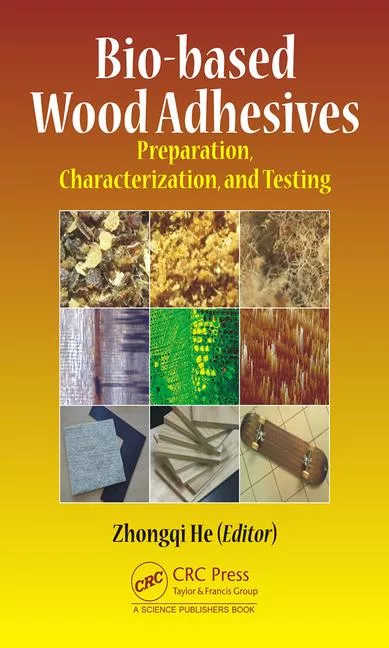NPCA And Industry Propose VOC Standard For Aerosol Adhesives
The proposal stemmed from CARB’s request for industry input at a November 1999 meeting held to review CARB’s initial technical assessment of the feasibility of a 25-percent VOC standard. NPCA and affected manufacturers drafted a consensus proposal that reflects what industry believes to be the best available retrofit control technology (BARCT) for this product category.
As Coatings reports, industry proposed the following three subcategories for aerosol adhesives.
- Special Purpose: This subcategory contains, in effect, three types of aerosol adhesives — mounting, repositionable and special substrates. All are designed specifically for use on sensitive substrates that are highly susceptible to permanent damage from aggressive solvents such as acetone. Since reformulation using acetone and other exempt solvents is a primary means of reducing VOC content, formulators are stymied in reaching the level of reduction they could achieve were they free to use exempt solvents. Given the difficulties with formulating for the sensitive substrates that these products are used for, industry has proposed a 70-percent limit for these products.
- General Purpose — Mist Spray: These products are defined by the spray pattern they are designed to produce — in this case a mist. They require formulation to a higher VOC level to maintain the necessary fine particle break-up. The rubbers that can be used in this subcategory are quite sensitive to changes in the overall rheology of the mixture. Industry experience has been that because of the critical and demanding solubility issues with these products, acetone cannot amount to more than 50 percent of the solvent mixture. As the acetone portion of the solvent exceeds that level, rubbers may fall out of the solution, thus rendering the product defective. As a result, industry has proposed a 65-percent limit for these products.
- General Purpose — Web Spray: Like the mist spray subcategory, web-spray products are defined by their spray pattern. These products are specifically designed for use on porous substrates and provide gap-filling properties. These products can be formulated to a higher solids level, which also contributes to a lower VOC content. However, as the viscosity of the product rises, the difficulty in filling the can also rises. At a certain point, the product becomes too viscous for the aerosol can-filling equipment to handle. There is also a limit to the percentage of acetone that can be used without the rubbers falling out of the solution. Because of the combination of these two technical barriers, industry has proposed a 55-percent limit for these products.
The industry proposal also addressed water-dispersed aerosol adhesives, which have an essential requirement that the rubbers, resins and additives be dispersed or dispersible. To date, industry efforts to develop new and more useful raw materials have not been technologically or economically successful, according to Coatings. Significant research and development will be needed to identify and develop suitable raw materials. At this time, industry consensus is that waterborne aerosol adhesives will not be either economically or commercially viable for the foreseeable future, and cannot be adopted as BARCT by the agency.
The industry-proposed limits are technology-forcing, meaning they may not be currently met but are based on anticipated technological developments, and represent industry’s best-informed view of what can be expected to be achieved by January 1, 2002, the implementation date of the new limits. The proposed limits were endorsed by all major aerosol manufacturers participating in the rulemaking.
Looking for a reprint of this article?
From high-res PDFs to custom plaques, order your copy today!





